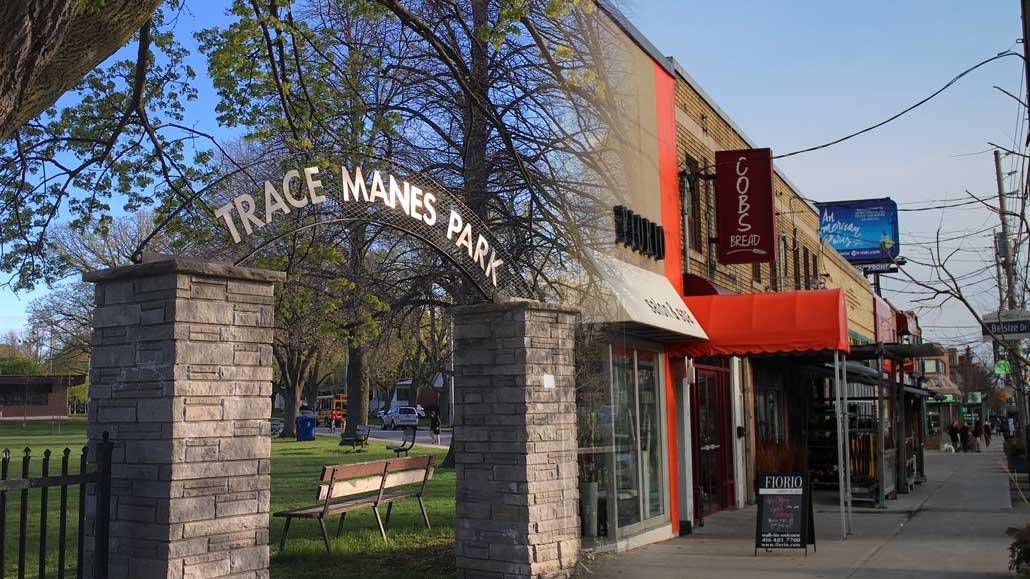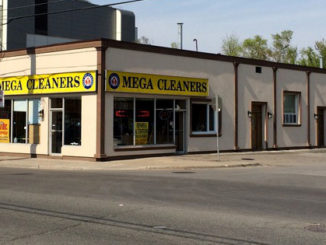
Would it bother you if I told you Leaside placed eighth out of 140 in a City of Toronto ranking, just ahead of Rosedale but behind Lawrence Park and Forest Hill? Well, it would if this were the type of ranking where, like golf and cholesterol, the lowest scores win.
In this instance, the City used the Urban HEART @Toronto team to calculate a neighbourhood equity score as part of the 2020 Toronto Strong Neighbourhoods Strategy. The strategy was detailed in a 2014 staff action report recommending that Council adopt these scores to determine which neighbourhoods would be designated “NIAs” or Neighbourhood Improvement Areas, and thus prioritize access to community funding. According to the report, the five key areas measured included: economic opportunities (30), social development (28), healthy lives (30), participation in decision-making (5), and physical surroundings (7). The figures in brackets indicate the number of points out of 100 that contributed to the overall score.
There are certainly several neighbourhoods in Toronto that warrant City funding based on these scores, which ranged from 21 to 92 (Leaside scored 86). As a result, the City budgeted $12 million for infrastructure improvements in targeted NIAs to be distributed through 2018 and an additional $300k of community funding to support emerging needs.
In my opinion, however, the theoretical framework underpinning the evaluation is not a useful tool to benchmark a neighbourhood’s overall level of “neighbourhood equity” until the definition of just what type of equity we are talking about is made clear. In this case, the City used the “Urban Health Equity Assessment and Response Tool” developed by the World Health Organization to help cities and their communities resolve health and social inequalities. So, for gauging the relative strength of a neighbourhood’s condition as it pertains to social and health matters, this particular score might be useful. However, as it pertains to its ability to assess “economic opportunities,” I believe this iteration of a neighbourhood equity score falls short.
The three indicators chosen to represent the measure of economic opportunities were unemployment, low income, and social assistance. All appear, I think, to be symptoms of the inability to create or capitalize on opportunities available to a neighbourhood and do not reflect the relationships among community-level phenomena nor the effects of community attributes on individual outcomes.
Strong neighbourhoods – only beneficial if they remain strong
Why does this matter to Leasiders? To start, the City must recognize that Leaside’s neighbourhood equity ranking should not be used to guide decision-making outside the purpose it was designed for (i.e. addressing social inequality). For example, if the City were to mistakenly deprioritize support for continued economic development based solely on the Urban HEART @Toronto scores, then the prospect of renewal and continued growth that underpins a thriving community like Leaside may not be as bright. Second, the availability of economic opportunities should not be taken for granted. Individuals and communities must be able to create and recognize opportunities for themselves, and then demonstrate the ability and motivation to take advantage of those opportunities when they arise.
A great number of opportunities available to individuals are not ‘place-based’. Individuals in all neighbourhoods can learn and be inspired to achieve. In fact, these entrepreneurial instincts and capabilities need to be cultivated within all of Toronto’s 140 neighbourhoods so each specific community can, over time, thrive on its own.
Last month I wrote about the changes taking place in the world as a result of scientific and technological advances and how we might better position ourselves to take advantage of those changes. Last year I wrote about the need to coordinate all the “talent” (i.e. human capability) here in Leaside, many of whom work from home. These are two examples where we could use strategic support from the City to fully actualize the potential. Whether by policy or investment, an economically thriving Leaside community would be capable of creating employment and self-supporting leadership that would benefit the City for years to come.
Do you know how the LSI closed in 2018?
I’m referring to the composite index that gives us an indication of Leaside’s current ‘state’ or condition. Seeking advice from the original Leaside Stock Index’s creator, I reached out to Leaside Life’s emeritus business columnist Will Ashworth to pay my respects. If you recall, Will created the index as a tongue-in-cheek way to engage our community by using a relatively simple measure to point to advances or declines in our community. Were we to refine the index (i.e. blow it up and start again), what do you think we should measure in order to make a general assessment of Leaside’s condition? The health of our residents? Our economic strength and the development of future prospects? Our personal safety? Our willingness to give? Our level of engagement? The list could go on and on. To add to the challenge, not only do we need to determine what should be measured, but what data would be available to do so.
Our emeritus columnist agreed to ponder the question and I intend to collect input from him and a host of others in our community with the goal of creating the Leaside Strength Index. The new LSI will measure Leaside’s ‘neighbourhood equity’ score in a way that is more useful to us than the City’s initial attempt. I envision being able to answer the question: How is Leaside doing, on a regular basis, using a methodologically sound research design? This would give us something we could reliably point to when it comes to identifying areas of improvement that would benefit the community as a whole. Especially when it comes to seeking a reasonable share of support from the City – since strong neighbourhoods are only beneficial to the City if they remain strong – LEASIDE STRONG!
How does Toronto’s economic and development growth plan affect Leaside? What should we measure when we calculate the Leaside Strength Index? How strong is Leaside today? Let us know at .





